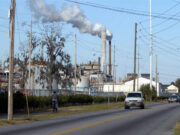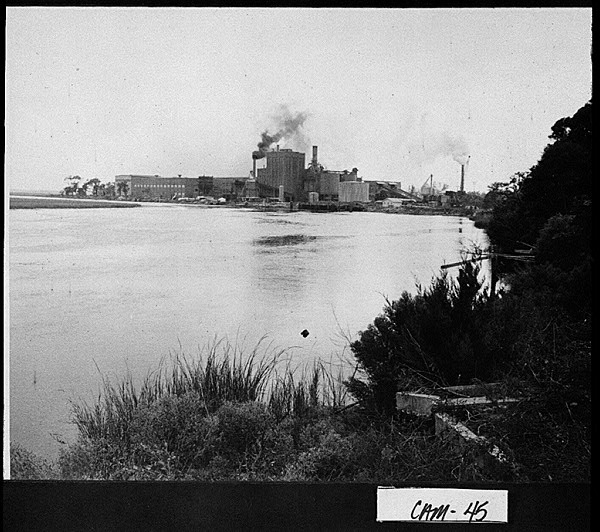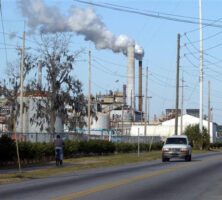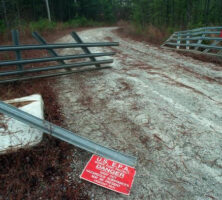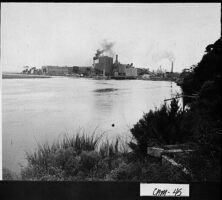The federal Comprehensive Environmental Response, Compensation, and Liability Act (CERCLA, or Superfund) allows the federal government to clean up toxic-waste sites and pursue those responsible for dumping toxic substances. Toxic-waste sites subject to Superfund are placed on the National Priority List (NPL), which in 2009 included fifteen sites in Georgia, as well as one proposed site.
History of Superfund
After the U.S. Congress passed legislation in the 1970s to create the Environmental Protection Agency (EPA), the Clean Air Act, the Clean Water Act, and the Resource Conservation and Recovery Act (RCRA), policies regarding human health and protection of the environment drastically improved. Still, the remains of sites where industry had haphazardly dumped wastes continued to pose a threat to both human health and the health of the environment.
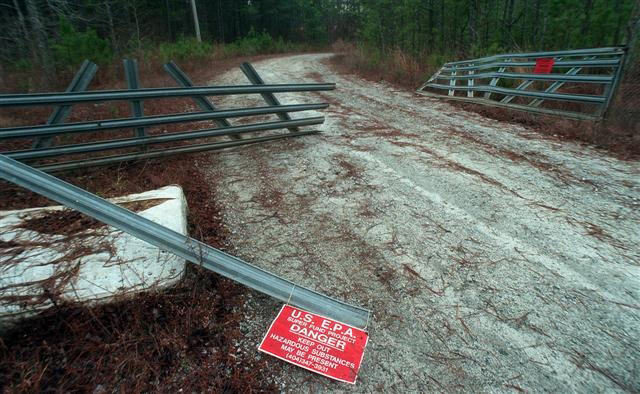
Once the government had implemented laws protecting the environment from future reckless dumping, the need remained to fix the damage that had already been done. On December 11, 1980, Congress passed Superfund, which created a trust fund for cleaning up abandoned or uncontrolled hazardous waste sites, and the EPA was tasked with overseeing the program. Superfund continues to be a relevant and much needed program in the United States; in 2009 the EPA estimated that more than 2,000 dumpsites containing hazardous chemicals posed threats to public health.
Superfund allows the federal government to intervene quickly to clean up a toxic site before determining fault, and then afterward to fine those responsible based on liability standards set forth in the act. The bulk of Superfund money originally came from taxes on the chemical and petroleum industries, with subsequent funding provided through the fines and penalties levied on responsible parties.
In addition to the trust fund for hazardous-waste cleanup, Superfund legislation also established rules for how to manage contaminated sites after closure. All sites needing cleanup are listed on the NPL, which ranks the sites based on the level of danger they represent to the surrounding environment and communities. Government cleanup actions under Superfund are categorized as either removal or remedial actions. Removal actions constitute immediate interventions to prevent any further effects from the toxic site, and remedial actions are designed to provide long-term solutions for cleanup at hazardous sites.
Superfund Sites in Georgia
Hazardous waste management in Georgia is overseen by the Hazardous Waste Management Branch of the Environmental Protection Division (EPD), a part of the Georgia Department of Natural Resources. This branch is concerned with all the requirements of Superfund, as well as of the Georgia Hazardous Waste Management Act. This act, passed in 1979, allows the EPD to create hazardous waste laws specific to Georgia. It is also the responsibility of the EPD to investigate potential sites of hazardous-waste release, find those who are responsible, and begin cleanup of contaminated areas.
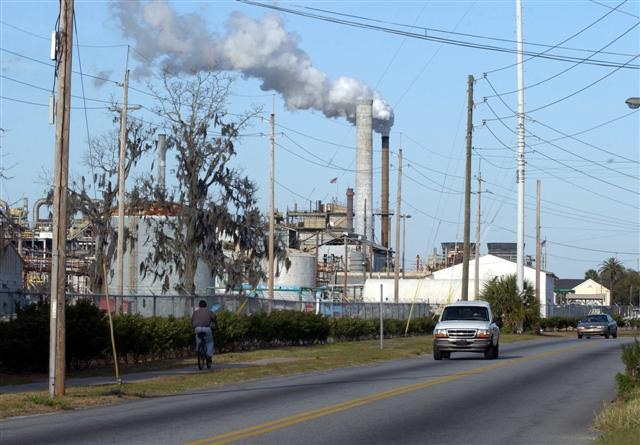
Robins Air Force Base
One example of a Superfund site in Georgia is the Robins Air Force Base site, which is located less than twenty miles south of Macon. The base has about 1,400 housing units and, due to its large size, operates its own landfills. In the 1960s and 1970s an unlined waste pit in one of the landfills became the disposal site for several solid and hazardous wastes, including industrial sludge, solvents, and oils.
This site posed threats to the environment and to residents of the base because the groundwater and soil were contaminated with volatile organic compounds, which can affect the central nervous system and cause cancers. The toxic portion of the landfill was decommissioned in 1978. Cleanup of the waste pit began in 1991 and was completed by 1998. Groundwater surface water treatments were also completed by 1999.
Brunswick Wood Preserving
Poor waste management, accidental spills, and open dumping resulted in extensive groundwater and soil contamination at the Brunswick Wood Preserving Superfund site in Glynn County, which was listed on the NPL in late 1996. Cleanup of the site involved “capping” the affected soil by covering it with layers of gravel, clay, and soil to keep rainwater from leaching hazardous chemicals into the groundwater, as well as the construction of subsurface barriers to control groundwater contamination. Future problems could arise, however, because the surrounding shallow groundwater and soil, as well as a nearby creek, remain contaminated.
Diamond Shamrock Corporation
The Diamond Shamrock Corporation’s landfill in Polk County contained 1,500 gallons of oil pitch and about 800 drums of other hazardous products buried at the site. In 1980 the company reported its hazardous waste to the EPD. Potential contaminants from the site included manganese and several volatile organic compounds. Short-term cleanup of the site was concluded in 1990; however, the EPA conducts reviews at the site every five years to make sure that it is no longer a threat.


